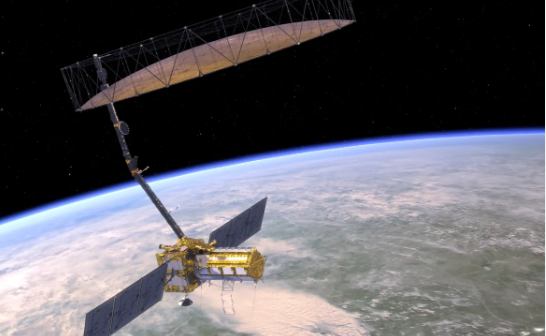NASA-ISRO Synthetic Aperture Radar (NISAR) Satellite – Recent Updates
NASA has announced that the launch of the NISAR satellite, a joint project between the U.S. and India, will be delayed until after February 2025. This delay is due to ongoing work on the satellite’s large deployable antenna and specific needs related to its orbit.
Background on NISAR
NISAR stands for NASA-ISRO Synthetic Aperture Radar. It is a major collaborative project between NASA and the Indian Space Research Organisation (ISRO) aimed at improving Earth observation. This mission is notable as the first major partnership between the two space agencies, with NASA investing over $1 billion in the project.
Launch Scheduling Complications
The delay is mainly because of issues with the satellite’s antenna, which is 12 meters wide. NASA found that the antenna needed a special coating after discovering potential problems with temperature changes when the antenna was stored. This summer, the antenna was sent back from India for these necessary changes. NASA has also pointed out that the satellite must avoid being launched during certain times due to temperature changes caused by alternating sunlight and shadows. These temperature changes could affect how the antenna’s boom deploys. As a result, NISAR cannot be launched between early October 2024 and early February 2025.
Scientific Goals
Once it is launched, NISAR will use advanced radar to monitor various Earth phenomena, such as glacier movements and volcanic activity. It is designed to map the entire Earth every 12 days, which will greatly support ongoing Earth science research.
About NISAR
- Mission and Purpose: NISAR (NASA-ISRO Synthetic Aperture Radar) is a joint mission set for 2024 to track changes on Earth’s surface using an advanced radar system.
- Capabilities and Features: NISAR can detect surface changes as small as a few centimeters and will map forests, glaciers, and natural hazards. It’s the first mission to use both L-band and S-band radar.
- Impact and Collaboration: The satellite is expected to operate for over three years and will support climate change studies. NISAR highlights international cooperation between NASA and ISRO in Earth science research.
Month: Current Affairs - July, 2024
Category: Science & Technology Current Affairs






